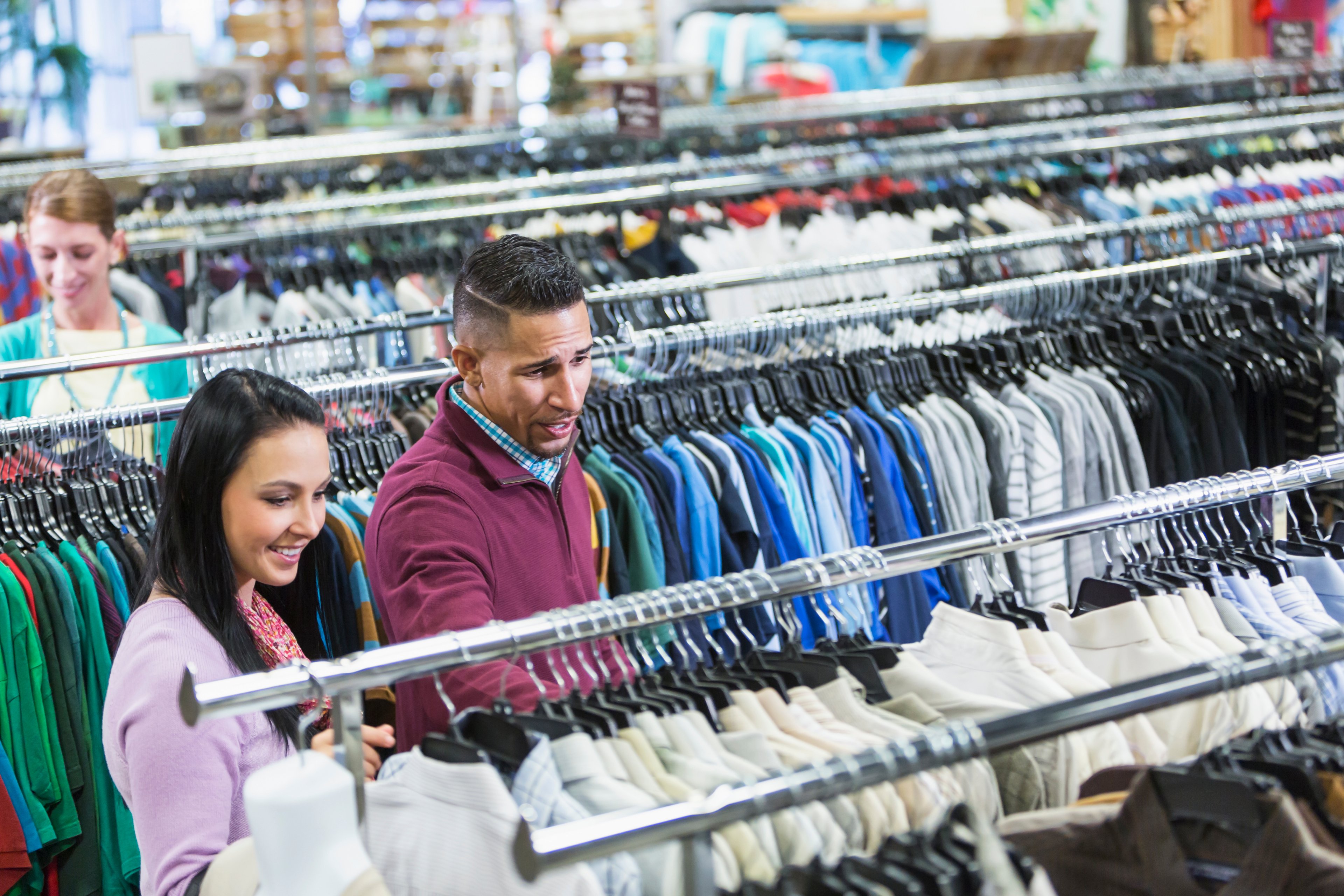Two retailers recently reported quarterly results that excited retail-stock watchers. One has launched a new concept, while the other shuts down a failed one. Let's see how Urban Outfitters (Nasdaq: URBN) and American Eagle Outfitters (Nasdaq: AEO) measure up.
Compare and contrast
The last year has been difficult for many retailers. Consumers have been reluctant to spend money, and with unemployment so high, many simply couldn't. Retailers had their work cut out for them; beyond simply convincing consumers to spend at their stores, they had to inspire shoppers to spend money at all.
Here's how Urban Outfitters and American Eagle fared over the past 12 months:
|
Company |
Revenue Growth (TTM) |
Earnings Growth (TTM) |
Trailing P/E Ratio |
|---|---|---|---|
|
Urban Outfitters |
6.5% |
10.3% |
28.6 |
|
American Eagle |
0.1% |
(5.6%) |
23.4 |
*Source: Capital IQ, a division of Standard & Poor's.
Both retailers have roughly similar price-to-earnings multiples, but they're sending wildly different messages. For 2009, American Eagle's earnings decreased, while Urban Outfitters' increased. In addition, Urban Outfitters generated far more impressive revenue growth. Considering the recession, that's an impressive achievement for any retailer; struggling Abercrombie & Fitch's (NYSE: ANF) revenue dropped 17.3% last year.
Victory and defeat
Both Urban Outfitters and American Eagle have employed different concepts to lure a broad swath of consumers in various demographic categories. Unfortunately, American Eagle finally had to admit defeat on its money-losing Martin + Osa concept, which once seemed like a bright spot for growth. (Rivals such as J. Crew (NYSE: JCG) are no doubt breaking out the party hats.)
No one can blame American Eagle for abandoning a failed 28-store experiment; at least now, it won't drag on the company's overall business. American Eagle's surrender leaves the retailer in reasonably good company; Costco (Nasdaq: COST), Tiffany (NYSE: TIF), Aeropostale (NYSE: ARO), and the aforementioned Abercrombie have all given up on ancillary concepts in recent memory. When concepts hinder growth instead of sparking it, shareholders should be glad to see companies pull the plug.
In contrast, Urban Outfitters has announced that it's opening a new bridal concept. Though recent economic woes have driven many high-end wedding-oriented boutiques out of business, marriages remain a lucrative $60 billion industry.
The undoubtedly hip bridal brand will join Urban Outfitter's already robust portfolio, which includes Anthropologie, Free People, Terrain, Leifsdottir, and of course, its namesake stores. Opening new brands to take advantage of market opportunities is a great sign of corporate strength, especially during difficult times for rivals.
Better chances for growth?
Perhaps I'm biased -- I've been an Urban Outfitters shareholder for years -- but I think the trendy retailer makes a better bet than American Eagle. Urban Outfitters has a stable of strong brands and a solid track record of expanding with exciting new ones. Better yet, it's done a great job prudently avoiding the temptation to overextend its existing chains.
Meanwhile, American Eagle has stumbled recently, as rivals successfully lure teen customers into their own stores. A year ago, American Eagle's revenue decreased 2.2%, and its earnings fell by 55.2%.
On a forward basis, Urban Outfitters has a PEG ratio of 1.12, while American Eagle's sits at 1.15; neither sounds terribly overvalued. Still, Fools should ask whether analysts' growth expectations are a little too rosy for American Eagle, given the failure of Martin + Osa, additional signs that it has lost traction with customers, and its abundance of smart competitors.
Personally, I'll stick with Urban Outfitters shares.
Which stock do you consider the better long-term bet? Is yet another retailer even more of a bargain now? Sound off in the comment boxes below.





